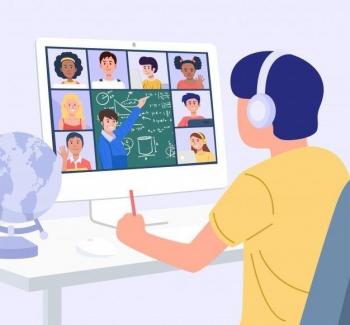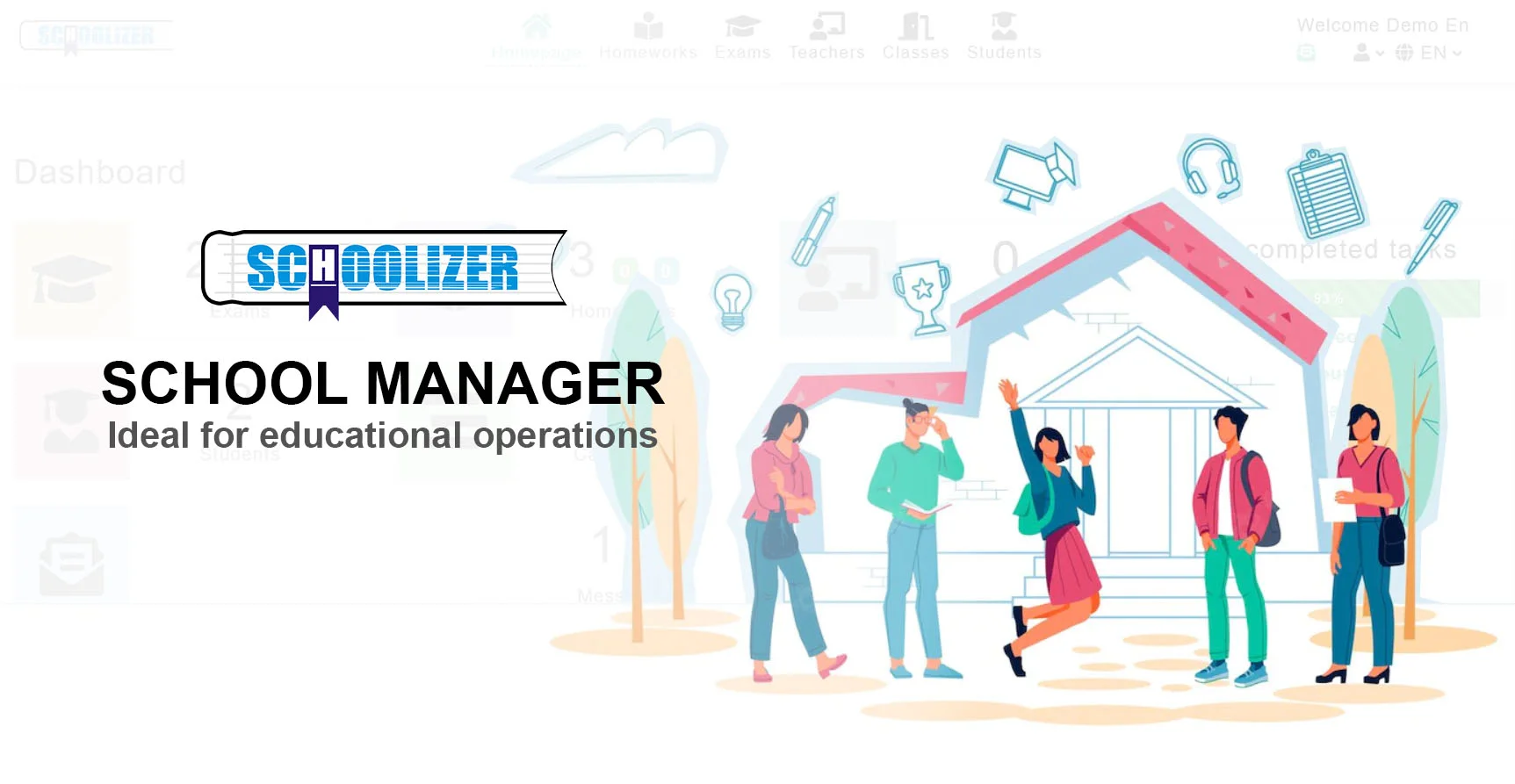Students vs. Learners: Understanding the Key Differences for Lifelong Growth

Students vs. Learners: Understanding the Key Differences for Lifelong Growth
What does it mean to be a student versus a learner? Why does this distinction matter in education and personal development? How can shifting from a student mindset to a learner mindset transform your approach to knowledge? These questions lie at the heart of modern educational philosophy, where passive information consumption is being replaced by active, lifelong learning.
The Fundamental Difference Between Students and Learners
At first glance, the terms student and learner might appear synonymous, but they represent fundamentally different approaches to education. A student is typically someone enrolled in an educational institution, focused on meeting curriculum requirements and achieving grades. In contrast, a learner is anyone engaged in the active pursuit of knowledge, regardless of formal settings.
For example, consider two individuals studying history: one memorizes dates for an exam (student behavior), while the other explores historical patterns to understand current events (learner behavior). The latter demonstrates intrinsic motivation and application beyond academic requirements.
This distinction becomes increasingly important in our rapidly changing world, where the ability to learn continuously often outweighs the possession of static knowledge. 
Characteristics That Define Learners
Intrinsic Motivation
Learners are driven by curiosity rather than external rewards. They ask questions not found in textbooks and pursue knowledge beyond assigned materials. This self-directed approach leads to deeper understanding and retention.
Adaptability
Unlike students who may rely on structured environments, learners thrive in various settings. They view challenges as opportunities to grow rather than obstacles to avoid.
A practical example appears in workplace training: employees who approach new software as learners (experimenting, asking why) master it faster than those waiting for step-by-step instructions (student approach). 
The Student Mindset: Limitations and Challenges
Traditional student behaviors, while effective in structured academic environments, can hinder long-term development. Common characteristics include:
- Focus on grades over understanding
- Reliance on external validation
- Disengagement after meeting requirements
- Fixed mindset about abilities
Consider language learning: students might memorize phrases for a test, then forget them, while learners incorporate the language into daily life through media consumption and conversation. 
Transforming Students into Lifelong Learners
For Educators
Teachers can foster learner mindsets by:
- Designing open-ended projects
- Encouraging questioning
- Connecting material to real-world applications
- Providing choice in learning paths
For Individuals
Anyone can cultivate learner traits by:
- Pursuing personal interests alongside formal studies
- Reflecting on how new knowledge connects to existing understanding
- Embracing productive struggle
A college student might apply this by joining study groups that explore course concepts beyond syllabus requirements.
The Future Belongs to Learners
In an era of rapid technological change and career shifts, the ability to learn independently becomes crucial. Industries now value adaptability and problem-solving over rote knowledge. Professionals who continuously update their skills through learning (not just formal education) maintain career relevance.
For instance, software developers who learn new programming languages proactively (learner approach) advance faster than those waiting for employer-mandated training (student approach).
Practical Steps to Become an Effective Learner
Transitioning from student to learner involves concrete actions:
- Set learning goals unrelated to academic requirements
- Create personal knowledge projects (blogs, experiments)
- Practice explaining concepts to others
- Regularly reflect on learning processes
An example: instead of just completing math homework, a learner might explore how mathematical concepts appear in nature or art.






